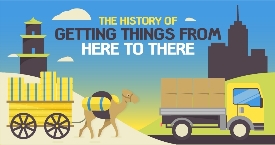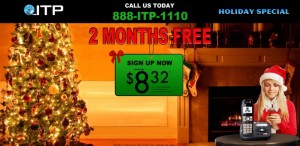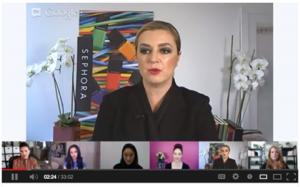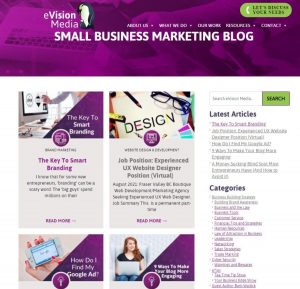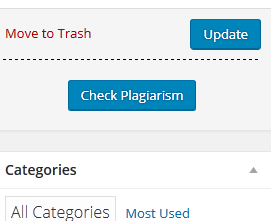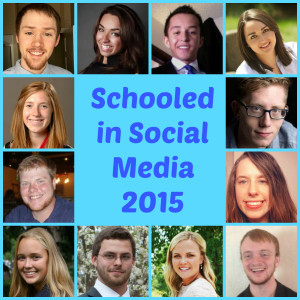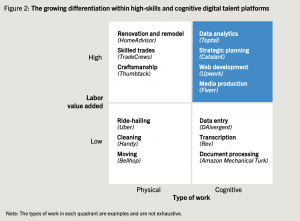When social media first hit the marketing scene, it seemed too good to be true – who had ever heard of a method for bypassing cold calling and email blasts, and connecting directly with users for free? Businesses viewed social outreach as a revolutionary tool that allowed them to expand their marketing efforts tremendously to reach their audiences at no cost. Posting to the social sphere was quick, easy and far-reaching but as social platforms gained popularity, the tragedy of the commons took over; before long, social media channels were inundated with content of varying quality, making it nearly impossible to tell what was legitimate and worthwhile, and what was not. The value of social media used to be found in its incredible accessibility and widespread reach for free. Now, its value lies in meticulously selected paid placements.
The goal here is not to convince you that social media is dead or useless. Companies should absolutely continue to circulate content on social media channels because it does offer a far reach and direct connection to customers. But it’s time to face the music: for social media content distribution to be truly effective, it demands the investment of cold, hard cash. As the Internet continues to provide instant accessibility and unprecedented connectivity, marketing best practices are continually evolving to stay relevant.
First, you must determine who your audiences are, where these audiences are hanging out, and what you want to say to them. With this framework in mind, decide which social media platforms will best reach your target audiences.
Facebook for Business
Facebook is used by 1.4 billion people every day; that means 20 percent of the entire world could be reached through a Facebook ad. For marketers with a business to consumer (B2C) focus, Facebook for Business is the best option for paid placements.
Reach your target audience with an ad created from a post on your company page and centered around a series of marketing objectives, including awareness, considerations and conversions. You have the option to you position an ad directly in the News Feed, on the sidebar or on popular partner platform Instagram. You can also customize each ad’s target audience based on characteristics like demographic, location, interests, online behaviors (like online shopping or gaming), and even offline behaviors, provided by third-party data partners.
Facebook ads are easily actionable as they allow click-thru access to your company website, or direct links to make a purchase or download. The Ads Reporting feature allows you to manage each campaign and measure audience engagement, offering real-time performance metrics. Best of all, social media ads are the cheapest form of paid placement in the marketing arena. Facebook ads start at just $ 5 and can be adjusted based on your budget and how well the ad is performing. Thinking about the potential cost vs reach on a platform like Facebook can’t compare to the exorbitant price and non-proven reach of traditional advertising.
LinkedIn Ads
LinkedIn has 467 million people engaged on its site and continues to grow by two new users per second. As the go-to networking platform for professionals all over the world, LinkedIn is a fantastic resource for business to business (B2B) marketers to reach a wider audience. LinkedIn provides you with three methods for reaching your audience via paid placements: boosted posts, sponsored InMail and pay-per-click text ads.
Boosted posts are best for supporting general awareness goals, allowing you to feature one of your selected posts in the news feeds of users who meet your target audience qualifications. For a more conversion-based campaign, consider sending sponsored InMail, the platform’s version of a private direct message. This approach allows you to send personalized messages with prominent call-to-action buttons to your targeted audience, and guarantees a minimum open rate.
LinkedIn also offers users the option to utilize a pay-per-click ad placed either in the sidebar or news feed of users’ home pages. Because LinkedIn is geared towards reaching business professionals, the platform is much more personalized, allowing you to filter by job title, industry, company size, and membership within specific LinkedIn Groups. Like Facebook, measure the value of your self-service sponsored content within the Campaign Manager tool by monitoring all impressions and engagement. Although a bit more costly than Facebook, LinkedIn’s sponsored content is still affordable, allowing you to set a maximum budget at a minimum of $ 10 daily per campaign.
Conclusion
While the marketing do’s are important to creating your strategy, keep in mind one major paid placement “Don’t”: Twitter. Avoid purchasing ad space on the little blue bird’s platform. The clutter is tenfold on a such a fast-paced medium; Twitter ads are far less targeted and are often drowned in the chaos. To guarantee the best bang for your buck, stick to Facebook and LinkedIn to promote your company’s social content.
So face it: it may not be free, but social media’s paid ads are still the cheapest way to reach the widest audience.
Digital & Social Articles on Business 2 Community(3)
